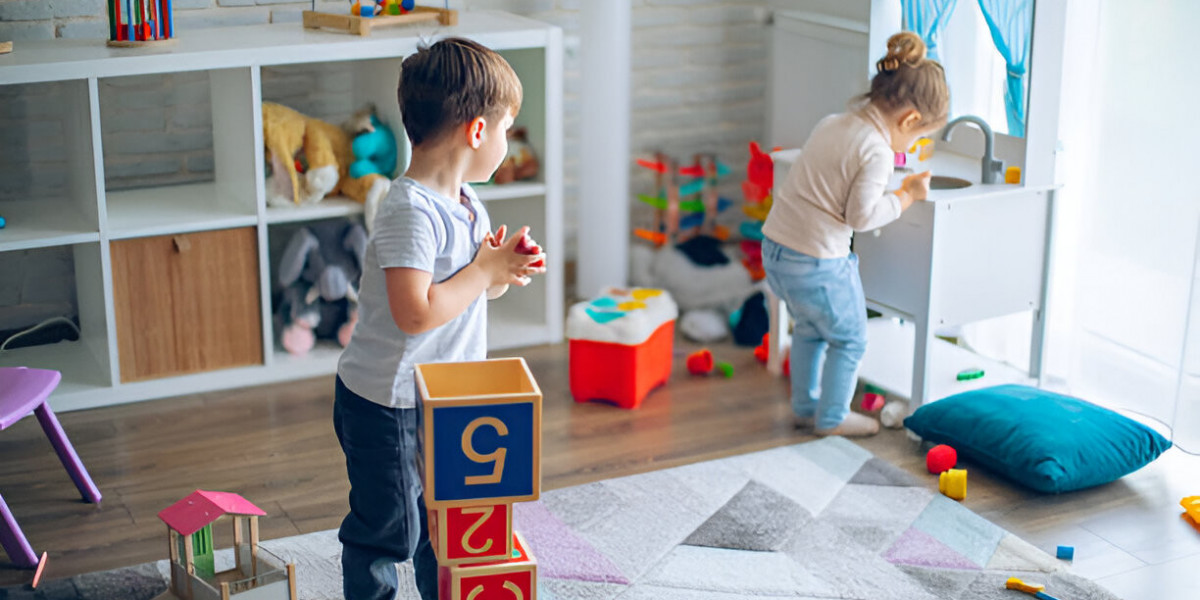Choosing toys for children is more than just selecting colorful and fun objects. Toys play an important role in a child’s development, helping them learn, explore, and grow. In Singapore, where parents are highly focused on education, creativity, and safety, selecting age-appropriate and safe toys is a priority. This guide explains how to identify safe toys for kids of different age groups, the role toys play in learning, and what parents in Singapore should consider before buying them.
Why Safety in Toys Matters
Risks of Unsafe Toys
Unsafe toys can lead to choking, injuries, or harmful exposure to toxic materials. Small detachable parts, sharp edges, and low-quality plastic are some of the most common hazards.
Standards and Regulations in Singapore
The Singapore government enforces strict toy safety regulations under the Consumer Goods Safety Requirements. Toys sold in the market must comply with international safety standards, ensuring they are free from toxic substances and designed with child safety in mind.
Parental Responsibility
Even with regulations in place, parents play a critical role in ensuring toys are appropriate for their child’s age and development. Checking labels, age recommendations, and materials helps reduce risks.
Age-Appropriate Toys for Different Stages
Toys for Infants (0–12 Months)
Infants explore the world through senses. Toys should encourage touch, sound, and visual recognition.
Soft rattles and plush toys
Teething rings made from safe materials
Activity mats for sensory exploration
Simple musical toys
Toys for Toddlers (1–3 Years)
At this stage, children are active and curious. Toys should support motor skills, language, and imagination.
Stacking blocks and shape sorters
Push-and-pull toys
Picture books with colorful images
Large-piece puzzles
Toys for Preschoolers (3–5 Years)
Preschoolers love pretend play and problem-solving. Toys should promote creativity and early learning.
Building sets with large pieces
Pretend kitchen sets or doctor kits
Drawing boards and safe craft setsBeginner board games
Toys for Early School Age (5–7 Years)
Kids in this age group develop logical thinking and stronger motor coordination.
Educational games with numbers and letters
Science experiment kits for beginners
Sports equipment suitable for kids
More advanced puzzles
Toys for Older Children (7+ Years)
Children older than seven years start to enjoy strategic play and teamwork.
Advanced building kits
Board games that involve planning
Sports equipment like badminton sets
Musical instruments for beginners
Benefits of Age-Appropriate Toys
Cognitive Development
Toys stimulate problem-solving, memory, and concentration. Puzzles, building sets, and educational kits sharpen the mind and prepare children for academic learning.
Physical Growth
Active toys such as ride-ons, balls, and outdoor playsets support motor skills, balance, and coordination. They also encourage children to be physically active, reducing screen time.
Social Skills
Toys that involve sharing or group play, like board games or building kits, teach children teamwork, communication, and patience.
Creativity and Imagination
Pretend play toys such as costumes, dolls, and role-play kits inspire creativity, helping kids express emotions and ideas in unique ways.
Key Safety Considerations for Parents in Singapore
Material Quality
Parents should avoid toys made with harmful plastics or paints. Non-toxic and eco-friendly materials are safer and more sustainable.
Size and Shape
Small detachable parts can be dangerous, especially for infants and toddlers. Larger, rounded toys reduce choking risks.
Durability
Children can be rough with toys, so durable designs prevent breakage that may expose sharp edges or small parts.
Labels and Certifications
Look for safety labels such as “EN71” or “ASTM,” which indicate compliance with international safety standards. In Singapore, toys that meet these certifications are commonly available.
Popular Types of Toys in Singapore
Educational Toys
Parents in Singapore often prefer toys that combine learning with fun. These include STEM kits, alphabet games, and counting toys.
Outdoor Play Toys
With parks and playgrounds widely available, outdoor toys like bicycles, scooters, and sports equipment are popular for encouraging physical activity.
Cultural and Creative Toys
Art kits, music sets, and role-play costumes allow children to explore creativity while connecting with cultural traditions and modern interests.
Eco-Friendly Toys
Sustainable wooden toys and recycled-material playsets are gaining popularity as more parents in Singapore become environmentally conscious.
How to Choose Toys Wisely
Consider Age Recommendations
Manufacturers provide age labels for safety reasons. Following them ensures children get toys that match their skills and safety needs.
Match Interests and Personality
Some children enjoy active play, while others prefer puzzles or creative activities. Understanding your child’s preferences helps in making the right choice.
Balance Between Fun and Learning
The best toys are those that entertain while teaching valuable skills. Mixing both types provides a well-rounded experience.
Rotate Toys Regularly
Children often lose interest quickly. Rotating toys keeps playtime fresh and engaging without overwhelming them with too many options at once.
The Role of Parents in Safe Play
Supervision During Play
Even safe toys require adult supervision, especially for younger children. Watching playtime prevents accidents and ensures proper toy use.
Teaching Safe Habits
Parents should guide children on how to play responsibly, such as not putting toys in the mouth or sharing them safely with siblings.
Maintaining and Cleaning Toys
Regular cleaning prevents germs, especially for toys that children often handle. Parents should also check toys for wear and tear to avoid safety risks.
Conclusion
Safe and age-appropriate toys are essential for healthy child development. In Singapore, parents have access to a wide variety of toys that meet international safety standards, but thoughtful selection remains important. By choosing toys based on age, safety, and developmental needs, parents can create a safe and engaging environment for their children. With proper guidance and supervision, toys become more than just playthings; they become valuable tools for learning, creativity, and growth.













